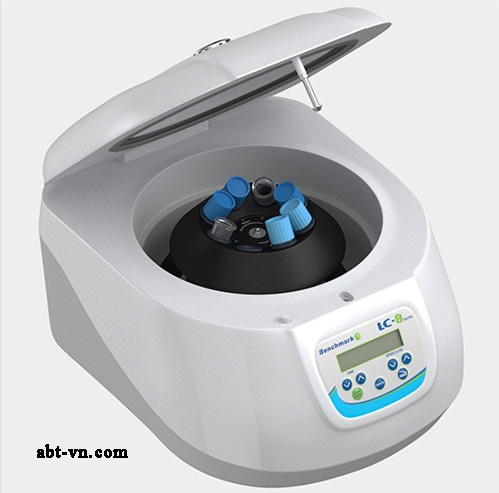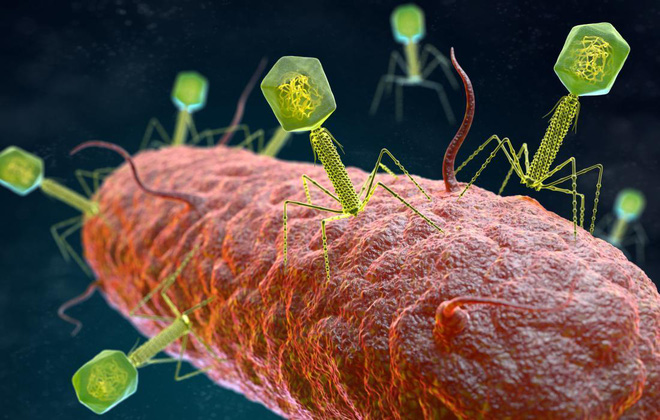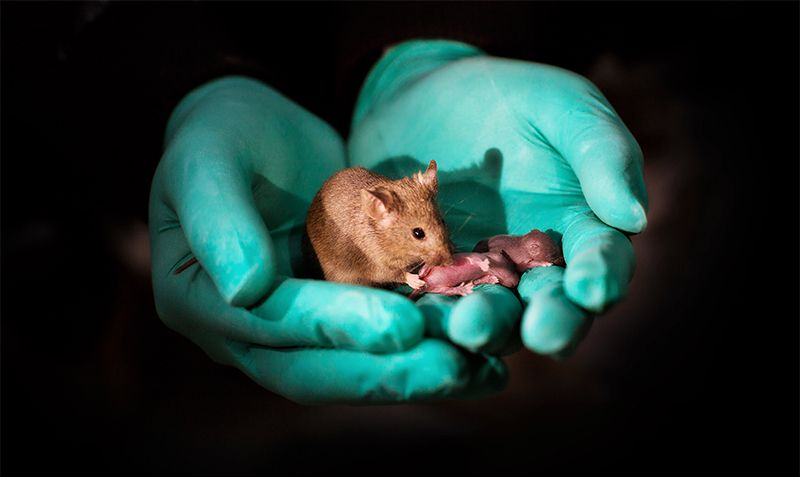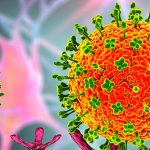An overview about Centrifuge
Centrifuges are essential equipment in laboratories, from molecular biology laboratories to biochemistry laboratories, etc.
Definition
A centrifuge is a device that uses centrifugal force to separate various components of a fluid. This is achieved by spinning the fluid at high speed within a container, thereby separating liquids from solids. In a laboratory centrifuge that uses sample tubes, the radial acceleration causes denser particles to settle to the bottom of the tube, while low-density substances rise to the top. There are different types of centrifuges used to separate different molecules, but they all work on the same principle.

Working principle
The main cause behind centrifugation is that the dense particles move lower while the lighter particles move up when spun rapidly. A centrifuge is a device that uses centrifugal force to separate different components of a liquid. This is achieved by spinning the liquid at high speed for a certain time, depending on the size and mass of the substances contained in different tubes, they will be separated into different layers.
Sort by functions:
Mini Centrifuge
As the name suggests, these are extremely compact designs and, therefore, have a smaller footprint, taking up less space on the desk.
They are suitable for use with 0.1/0.2/1.5/2.0 ml tubes and are commonly used in biological applications.
Its rotation speed can be up to 4000 rpm.
Cold Centrifuge
There are some materials that need to be kept stable at a certain temperature such as RNA, Antibodies, Enzymes, etc. The temperature range of Cold Centrifuge is from -20 to -40 Celsius degrees, which makes them perfect for DNA, RNA, PCR, and antibody analysis without fear of degradation.
They can be found in different configurations such as splash angle, fixed angle, or both.
Large and small-capacity cold centrifuges have different uses.
They are often used to collect rapid sedimentation materials such as yeast cells, chloroplasts, etc.
High-speed cold centrifuge
Among the different types of centrifuges, this type of centrifuges can exert considerable force to collect cellular debris, microorganisms, larger cell organelles, and proteins.
Different types of speed centrifuges will have different sizes and numbers of sample tubes.
It can accelerate to 15,000 rpm for tubes such as 1.5/2 ml
Ultracentrifuges
These machines can produce accelerations of up to 1,000,000 g, which is very high.
With Ultracentrifuges, users can take advantage of the small differences between molecules such as proteins and nucleic acids for separation.
There are two types of Ultracentrifuges:
Preparative Ultracentrifuges
They help isolate macromolecules and lipoprotein particles from plasma as well as perform physiological fluid deprotonation to study amino acids.
Preparative Ultracentrifuges can be equipped with different rotor types that rotate multiple samples at different angles and speeds.
Analytical Ultracentrifuges
They come with a light-based optical detection system, allowing real-time tracking of samples as they’re spinning.
The user can actually see the sedimentation process. They were able to look at the sample as they move inward with increasing centrifugal force.
Some of the optical systems used for analysis include the light absorption system, the alternative Schlieren system, and the Rayleigh interferometer system.
Centrifuge Application
- Enzyme collection
- Separation of mixtures of liquids
- Extraction and purification of DNA/RNA
- Separation of blood components in a blood mixture








